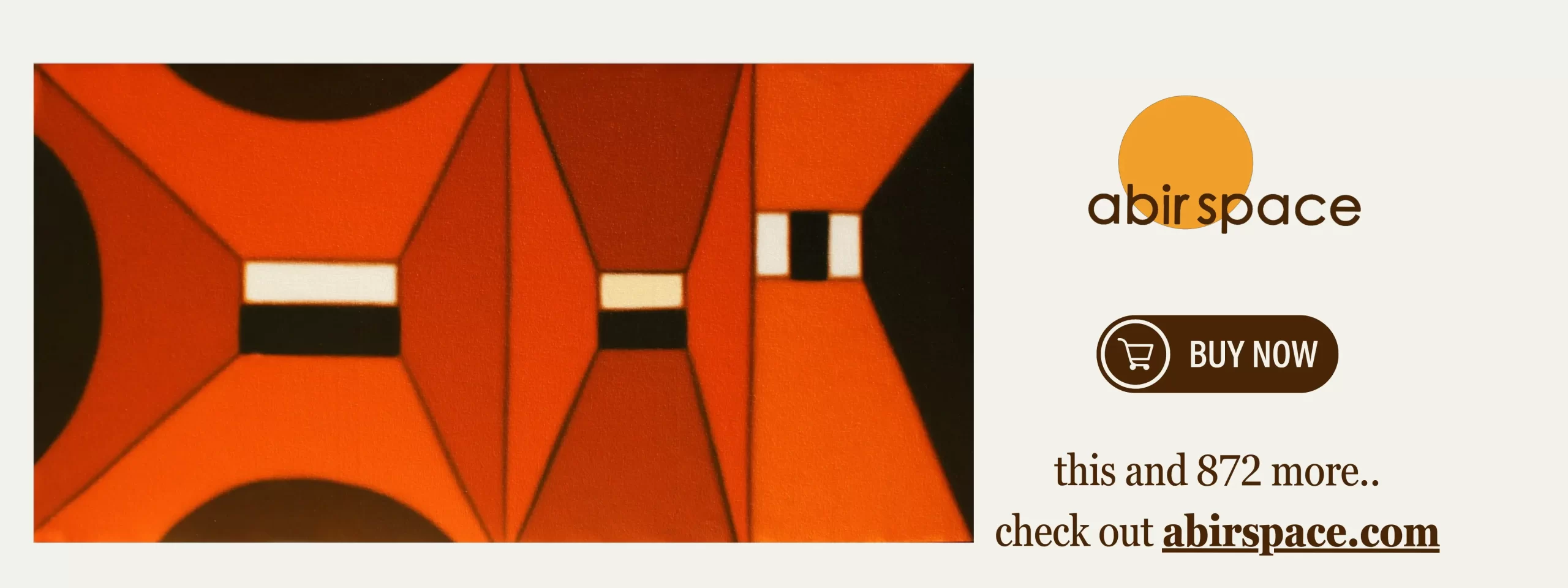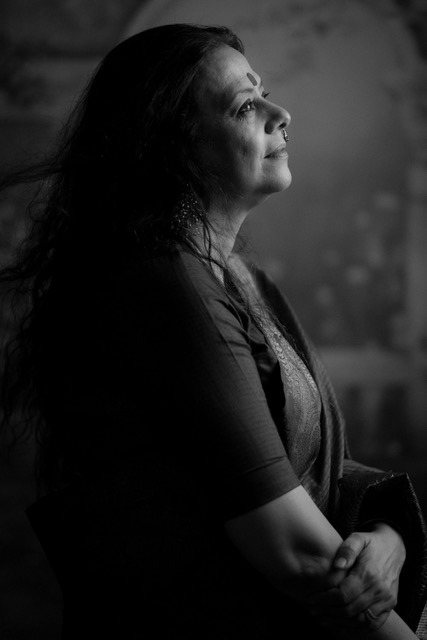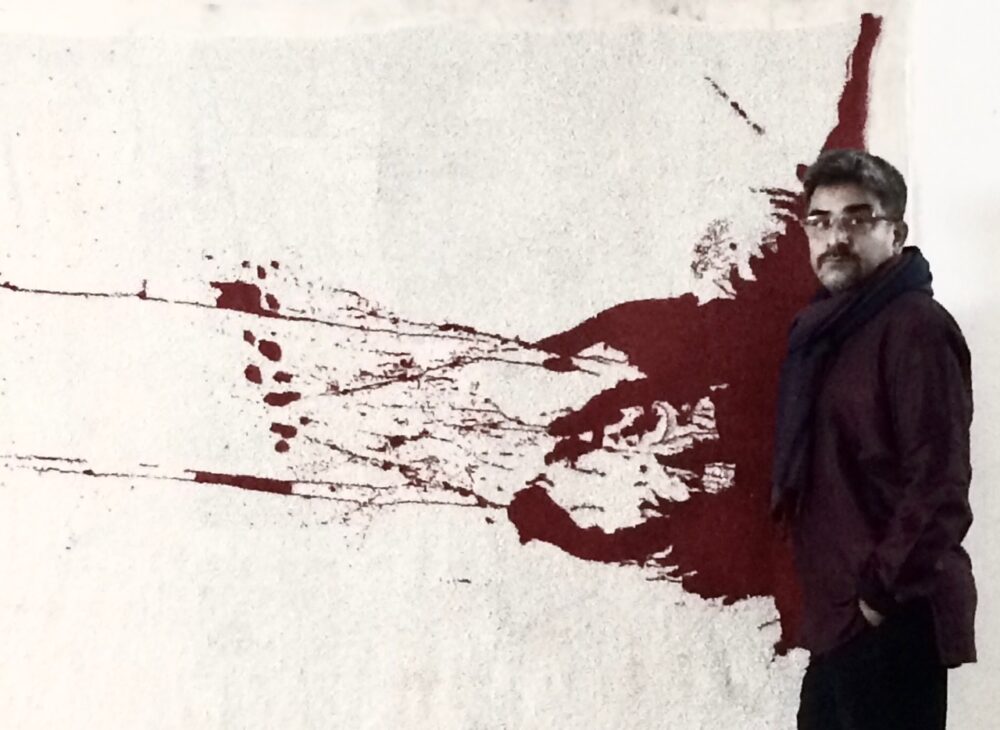Exclusive Interview by Aruna Raghuram
Two Bengaluru-based architects and interior designers, Sharanya Iyer and M P Neethi, set up a joint venture ‘Umai’ in 2024. They seek to create spaces where beauty is not only seen but also felt, and where nature and modern living come together
Sharanya Iyer and M P Neethi met during site visits while working on projects. They realised that they shared a similar understanding of how to approach design. They also found that they were aligned in terms of ideology and values. Their friendship and collaboration led to setting up a joint venture, ‘Umai’. The name is inspired by the Japanese word ‘Umami’, which means a rich and deeply satisfying flavour.
People skills, a calm, unflappable nature, and attention to detail are Neethi’s strengths. Sharanya’s forte is capturing the overall vision of the project and keeping processes in check.
Umai by Sharana Iyer and M P Neethi
In an engaging interview with ‘Abir Pothi’, Sharanya and Neethi talk about the kind of projects they take up and the USP of Umai, among other things.
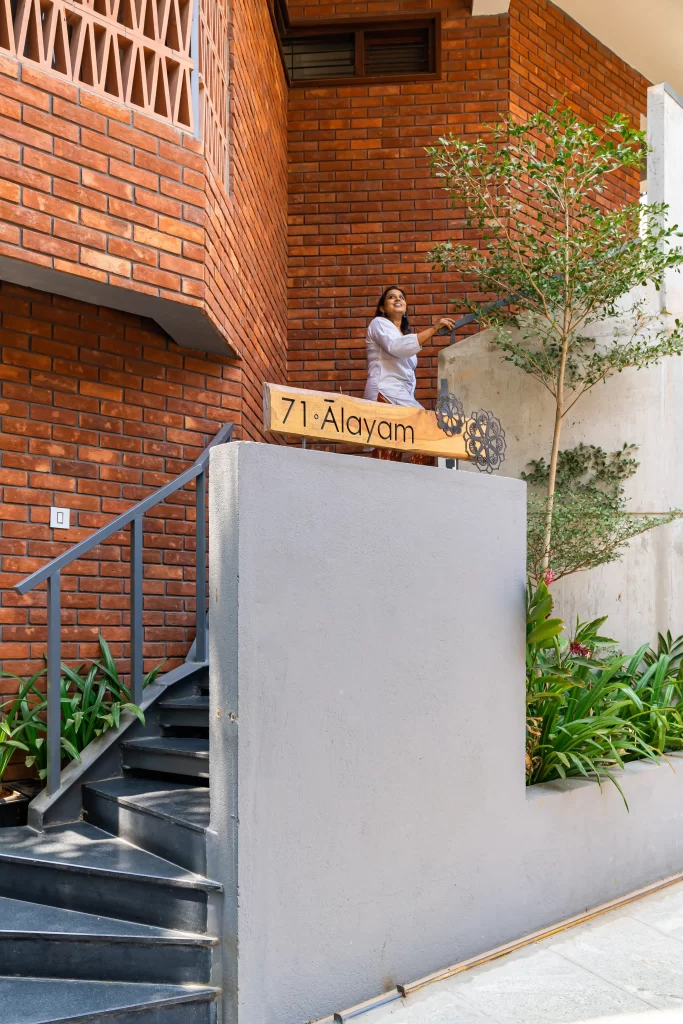
- Could you share childhood anecdotes that influenced your choice of profession?
Neethi: I have grown up in Manipal, living in the Kasturba Medical College (KMC) quarters. I experienced a sense of belonging and community there, which I missed when I came to Bengaluru. I soon realised that I wanted to be involved in building communities. That’s how my interest in architecture emerged.
Sharanya: In school, I wanted to do either archaeology or architecture. My mother helped me gain exposure to both the disciplines. I ultimately opted for architecture. Moreover, as a child my summer vacations were spent in a village in Thanjavur district where my grandparents lived. I would frequently visit temples and was influenced by the beauty of and mythology behind temples and other historical structures.
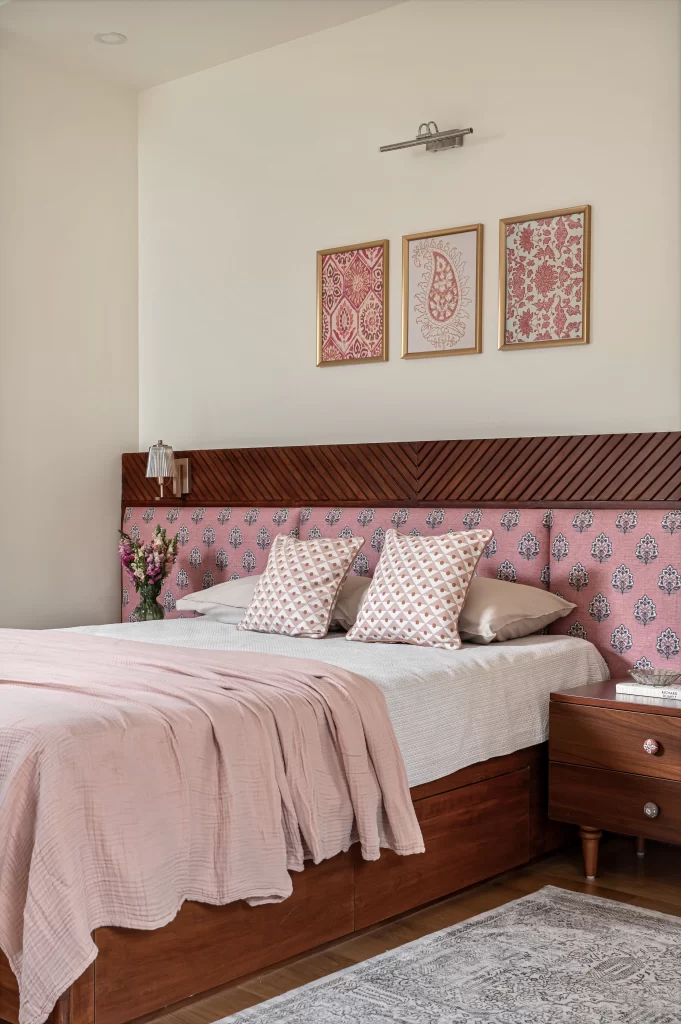
- Please tell me a bit about your educational background and prior experience.
Neethi: I did architecture from Manipal Institute of Technology (MIT), graduating in 2001. My earlier venture was called ‘White Space’. The name was inspired by the fact that we start an idea on a blank sheet of white paper. I specialise in interior projects, both commercial and residential.
Sharanya: I completed architecture from JNTU (Jawaharlal Nehru Technological University), Hyderabad, and picked up a master’s in urban design from the US. I obtained the LEED green building certification given in the US. Later, I also got the GRIHA certification in India.
My earlier venture was called ‘Studio Verge’. The reason behind the name is because my work was on the verge of the old and new. And, on the verge of urban settings and the natural environment. I focused on making earth buildings. Around 75 per cent of my projects were based on sustainable construction techniques at Studio Verge.
- Why did you decide to set up a joint venture? What is Umai’s USP?
Sharanya: We were sharing workspace and resources for seven years. There was mutual trust, camaraderie and the ability to talk to each other very freely. It was nice to have a peer to bounce off ideas. We worked with a coach to see how working together would evolve.
Neethi: Umai was founded in early 2024. We named our venture Umai as we wanted to bring complex, satisfying flavours into every project.
Sharanya: Our shared value is that the integrity of the project is most important. Each project takes a life/character of its own. The project is above all of us. It starts with the site and client, followed by our contribution and then the work put in by our team of masons, carpenters and other workers.
At Umai, we are very inclusive. We listen to our clients. We customise their experience as best as we can. After all, design is about creating a space that feels right, that supports and enhances the lives of the people who use it. And, we put something special into each project.
- How much of the design inputs come from your clients?
Neethi: Around 20 per cent of inputs come from clients. We have a questionnaire for every client. They give us a general brief based on that.
Sharanya: We have two or three conversations with the client where we discuss ideas. The budget and dimensions of rooms are easier to decide on, but the aesthetics are more difficult to figure out. Sometimes, a client is unable to pinpoint what appeals to them. Some may have a sense of nostalgia, while others may want something sleek and contemporary. If our client wants a traditional look, we don’t just place wooden columns and be done with it. We try to evolve something unique.
- What are the different types of projects you take up?
Neethi: We focus on the residential sector. We do the architecture as well as the interiors. We have done several farmhouses. We do resorts. We do apartments for a few builders in gated communities. We prefer to do smaller offices. On an average, we work on 10-12 projects a year that run in parallelly. Interior projects take 6-8 months, depending on the scale of the project. An architecture project takes 1.5 to 2 years for completion.
Sharanya: We work extensively in Karnataka but neighbouring states as well. We are doing a resort in Ooty, tribal housing in Wayanad and school projects in Vellore. We are in the mid-level in terms of experience and charges.
- How are earth homes superior to conventionally built ones?
Sharanya: In earth homes, temperature and humidity are regulated to provide more comfort to residents. Power bills are reduced. Earth homes provide better ventilation. Noise levels are lower as they are absorbed by the Earth’s mass, which also absorbs heat. The material used, mud bloc, is three times denser and of better quality than the brick used in conventional structures.
Sadly, only a small segment of people is interested in earth homes. We are thinking of how to make earth homes more ‘palatable’ and convenient for clients. We want to educate and convince people about the sustainability of Earth homes. Also, we want people to choose Earth because of its quality, not just sustainability.
Apart from completely earth homes, mostly farmhouses, we add sculptural elements of earth architecture to urban homes. We call such homes ‘composites’.
- What are the design elements you focus on when you build urban homes?
Neethi: One, we ensure ventilation and light. We usually put a daylight window above the regular window. So that if you want to put blinds on windows, light still comes in. Two, we focus on bringing greenery into the urban setting by creating green spaces.
But we also love the unexpected. There’s a playfulness to our work – an element of surprise. Whether it’s a hidden garden or a quirky corner, we believe that such spaces should bring joy to the residents.
Sharanya: We try to introduce interesting elements that people can look forward to in their new house. For instance, a bay window, a ‘jharokha’ or a ‘tulsi katte’ with seating around it, or an ‘otlo’ from where people can view the streets. Neethi has been doing the interiors of plusher homes. We are trying to make them more exclusive by bringing in craft elements. We are designing one home with a long ‘wall of nostalgia’ that runs through the house.
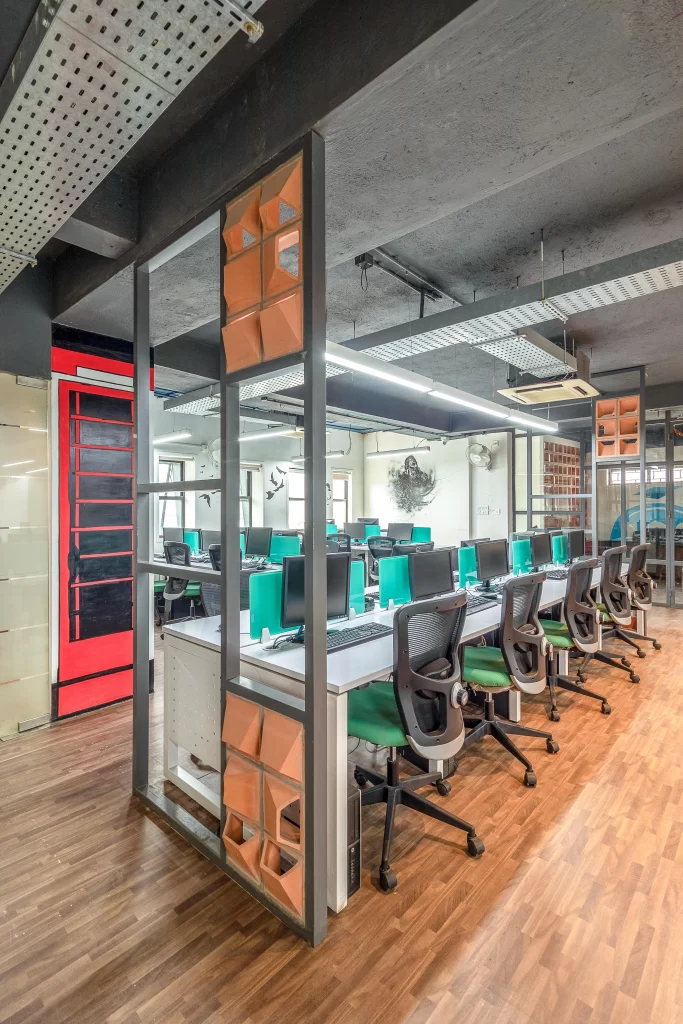
- How do you ensure climate-friendly architecture?
Neethi: Daylight and airflow are vital in creating comfortable, sustainable spaces. We design with the climate in mind, ensuring that every room is bathed in natural light and that the spaces breathe with the seasons. This connection to nature is at the heart of our philosophy.
Sharanya: In a non-urban plot like a farmhouse, it is easy to work with the climate. For instance, a verandah keeps the living room cooler. Direction/orientation and materials are elements of climate-friendly architecture. We favour earth as a material. We are in talks with a builder to make an apartment using earth blocks. The size and use of openings are important. So is spacial organisation. For instance, the orientation of the kitchen should ensure that it does not get very hot.
- Where do you source products for interiors?
Neethi: We try to custom-make most of the furniture rather than pick pieces from stores. The furniture is designed and made on site. We do pick up old elements from demolished homes. We also pick up pieces from Pondicherry, Commercial Street in Bengaluru, Rajamundry and Chettinad. Each area has a different style.

- What are the techniques you use to combine nature and modern living?
Sharanya: Apart from a visual connection with nature, we want residents to feel the time of the day in their house. The building should be like a second skin. That is good for physical and mental well-being.
The use of artificial light should be minimised during the day. Moisture is regulated in earth homes or homes with earth elements. Even musical instruments sound different in earth homes. Our goal is to make earth Homes a familiar sight so that clients seek out this option when they plan to build a home for themselves.
Sustainability is not just a buzzword for Umai. It’s the foundation for everything Sharanya and Neethi do. They use materials that are not only beautiful but also responsible. Their designs honour the environment, ensuring that every choice they make minimises adverse environmental impact while maximising beauty and longevity.
Aruna Raghuram is a freelance journalist based in Bengaluru. She writes about people, arts and crafts, environment, parenting, DEI issues and social enterprises.


